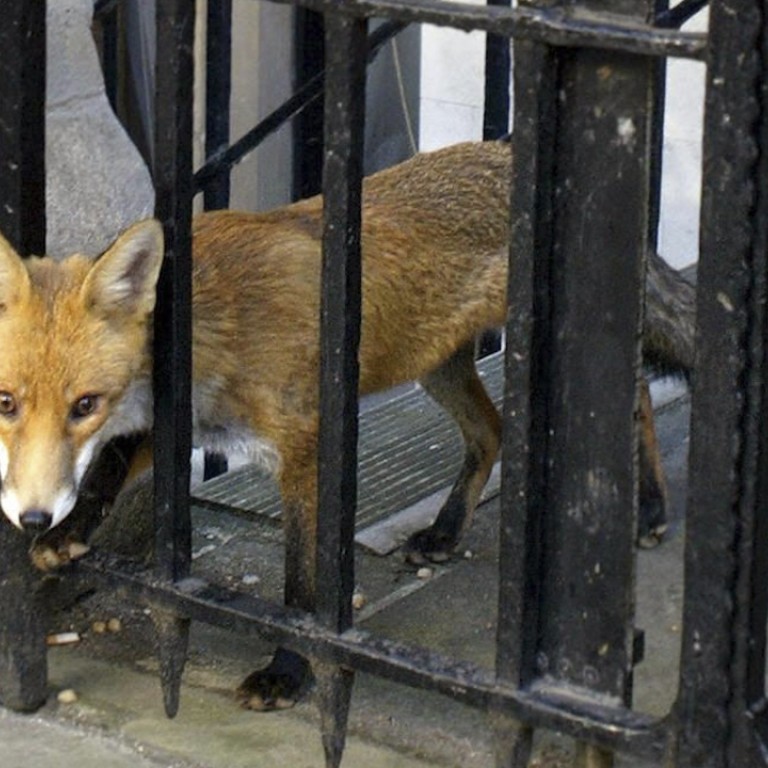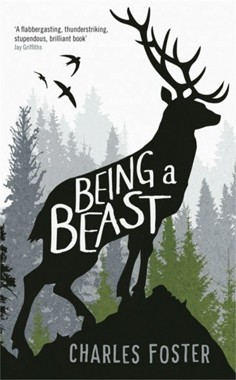
Book review: Being a Beast author becomes one with nature
Charles Foster and son attempt to live as animals to better understand them

by Charles Foster
Profile Books

Worms from the Chablis region of France have a long, mineral finish. Worms from Picardy are apparently musty, like splintered wood. And worms from the Weald of Kent in southeast England are fresh and uncomplicated.
When I reached this exploration of the terroir of worms a short way into Charles Foster ’s strikingly funny and profound book, I wondered if I was being had. Here, surely, was the ultimate parody of the nature writer’s lament that we are disastrously estranged from the wild world.
Being a Beast has a terrific premise: Foster seeks to live as a badger, an otter, a fox, stag and swift in order to better understand their lives and ours. From a distance, it resembles a stunt, but this elegantly written execution of the challenge is both sincere and self-mocking, flippant and deadly serious.

In seeking to unite human and animal worlds, Foster is aware he is following an ancient shamanistic tradition. But he rejects the idea of a modern-day shaman who sets up shop in a festival tepee and believes he can jump into the body of another being with a modest spot of meditation.
Foster believes there is always a boundary between himself and animals. He seeks to peer over it by exploring physiology and the way his quarry (he is a repentant country sportsman) uses the landscape and shares it with humans. What unfolds is not “an ecstatic utterance from a man-badger” but a slog, and Foster is constantly aware of falling short.
There are plenty of opportunities for squeamish giggles as Badger-Foster and his cub devour worms and lap “from a pool where leeches waved at our lips”. Yet his approach also produces insight into the lifestyles – and emotions – of animals. Even trivial experiences are revealing. He notices how Tom sniffs in fast bursts: it’s called odour sampling, and is exactly what scent-reliant mammals do.
Tom proves a better badger than his dad. He swims breaststroke through the grass and insists he can hear a woodpecker’s tongue in tree bark.
His failure in trying to be a badger is magnificent, but his attempt to become an otter is hampered by his contempt for the species; and his passages about the red deer are more about his own stalking follies and an act of repentance: having bloodhounds turned on him.
However, Foster’s attempt to live like an urban fox – he forages in bins and sleeps in gardens – is superbly revealing (“In a few generations we’ve turned into sclerosed super-specialists, each in a niche so tight that our limbs can’t stretch and our brains can’t turn”). Foster shows this most familiar of animals in a new light: consider that the urban fox we see slinking across the street almost certainly has fractured bones, fused joints and arthritis. “When they walk along fence tops like teenage Olympic Romanians on the beam, or blast from a hedge on to a wood pigeon, or seep like mercury up to a rabbit, they’re doing it with a back so bad that, were they office workers, it would have them signed permanently off work.”
I had hoped that his final attempt at being beastly would find him spending a summer under grimy eaves in Oxford, following David Lack’s classic Swifts in a Tower, but he wisely doesn’t. There is no moment of transcendence but swifts nevertheless provide Foster with a manifesto: we must feel wonder and share habits.
Illuminating and unfailingly entertaining, this book is a tour de force of modern nature writing, and shows us how to better love the world beyond ourselves.
The Guardian

